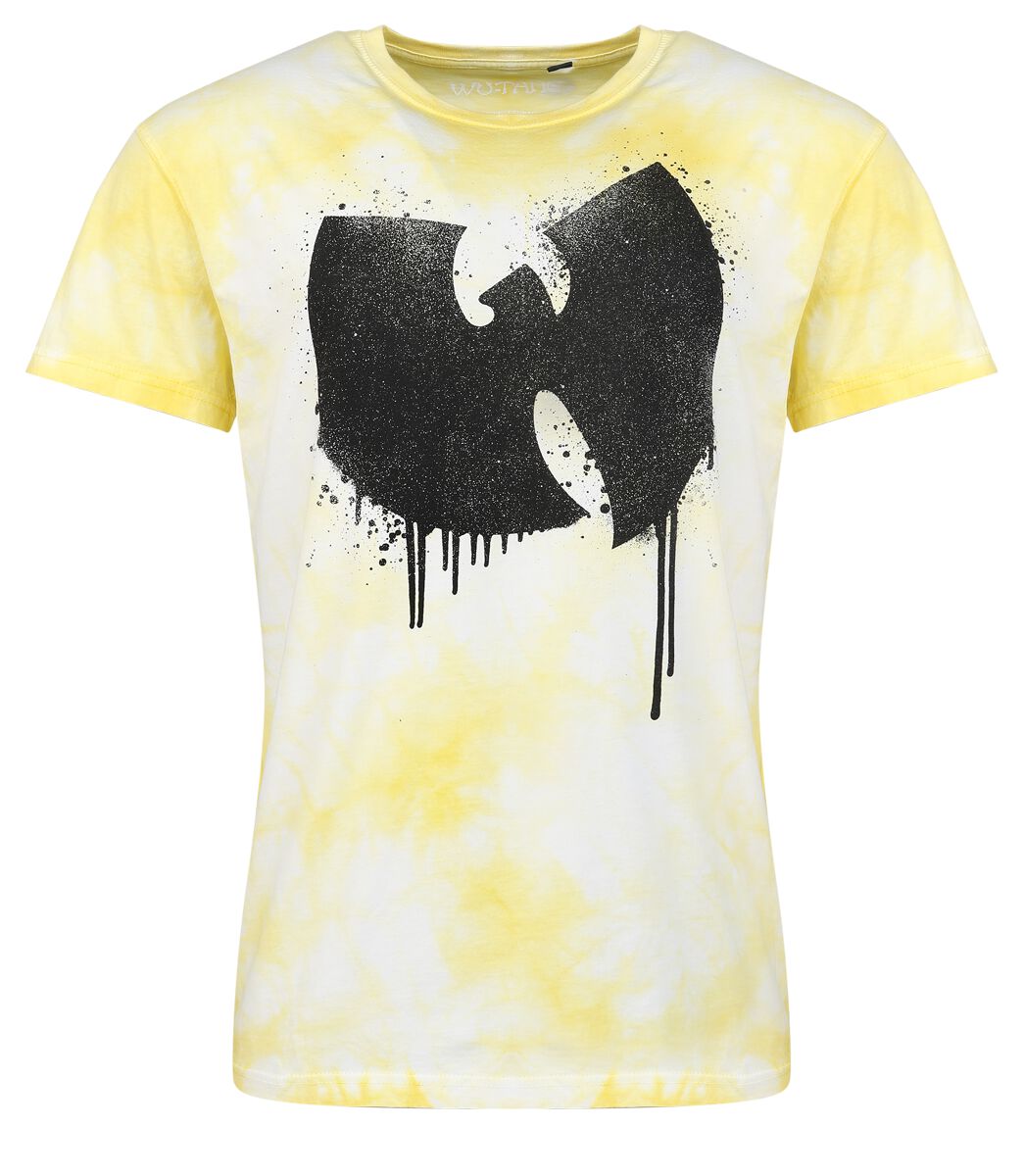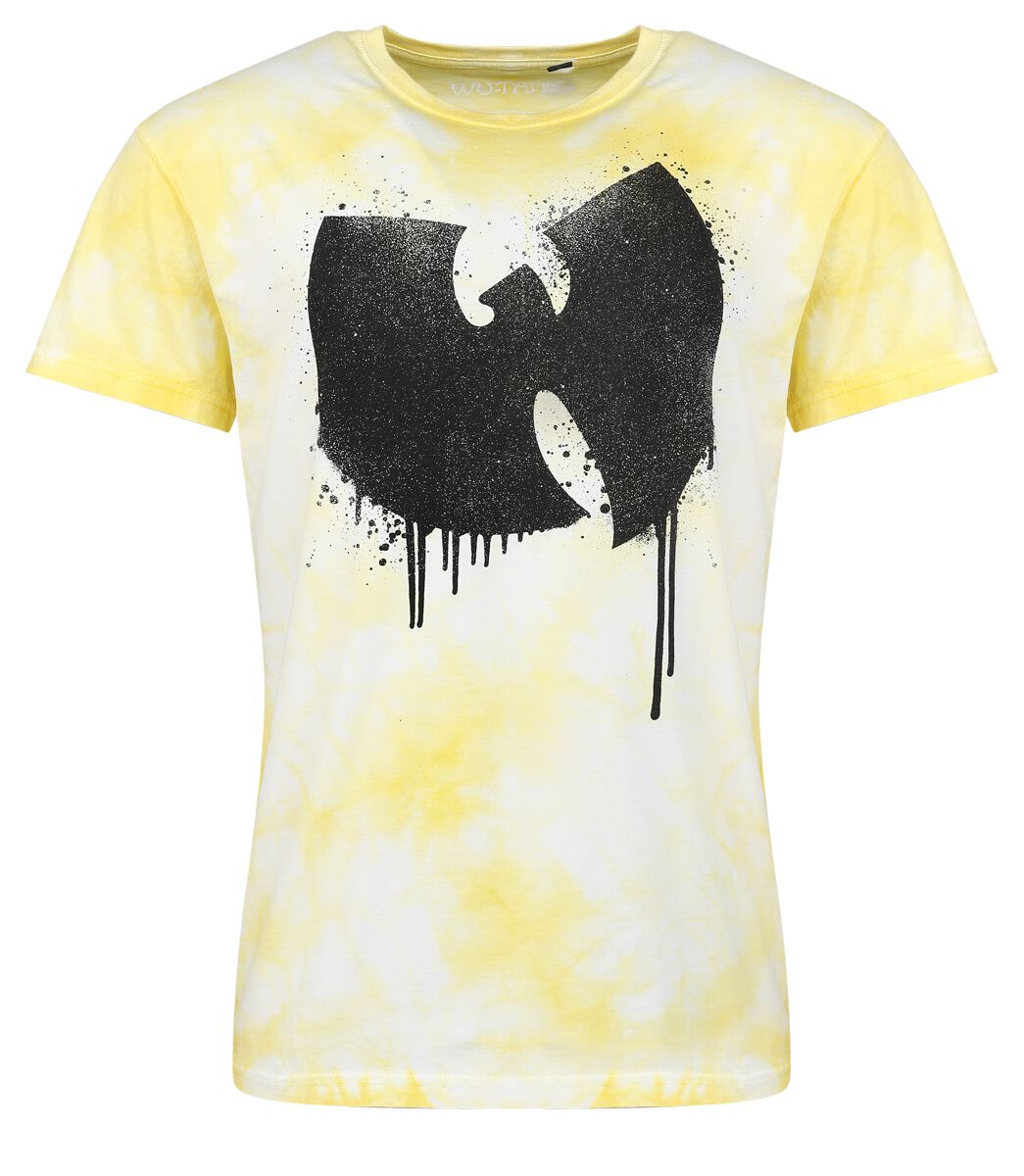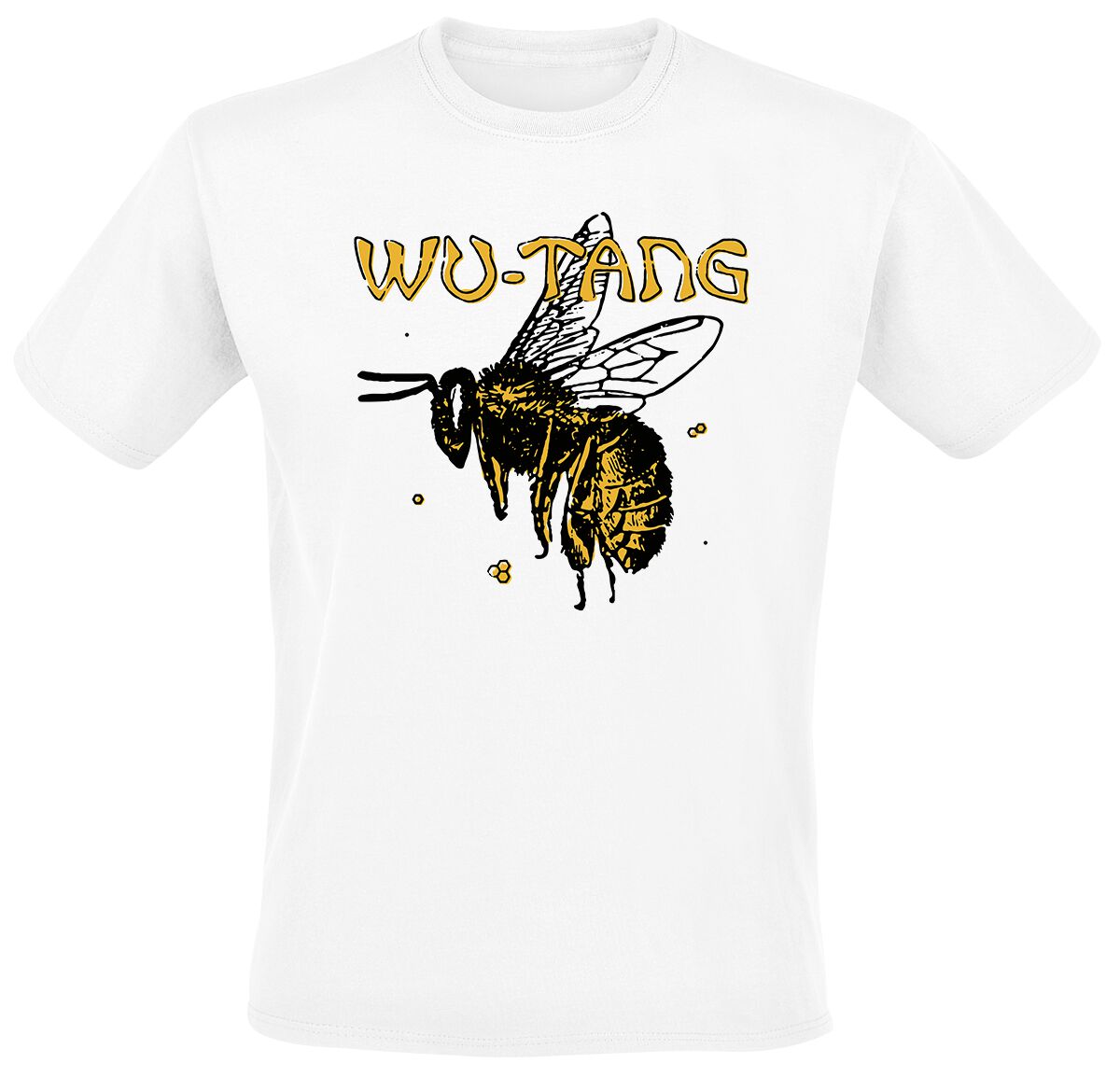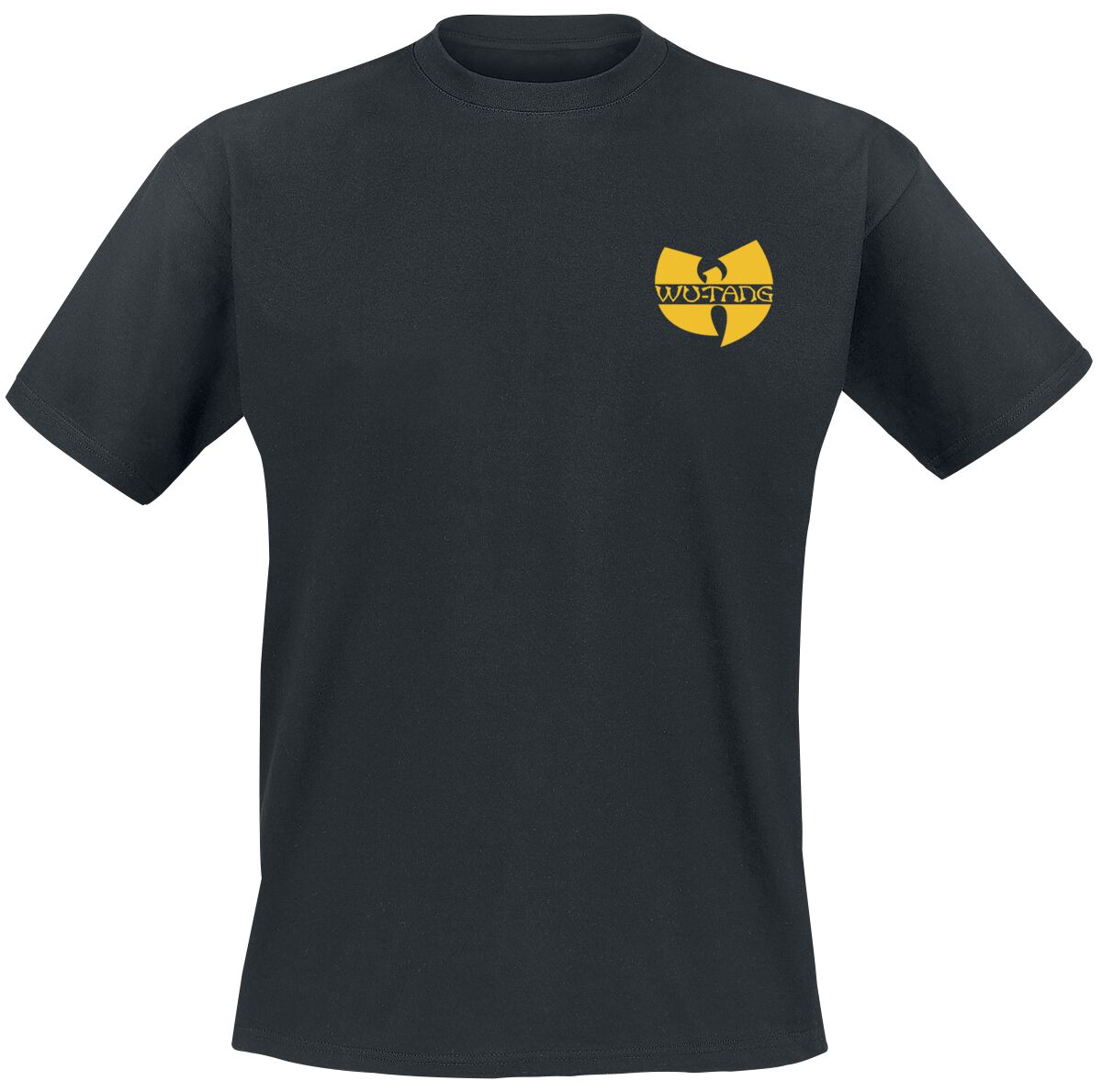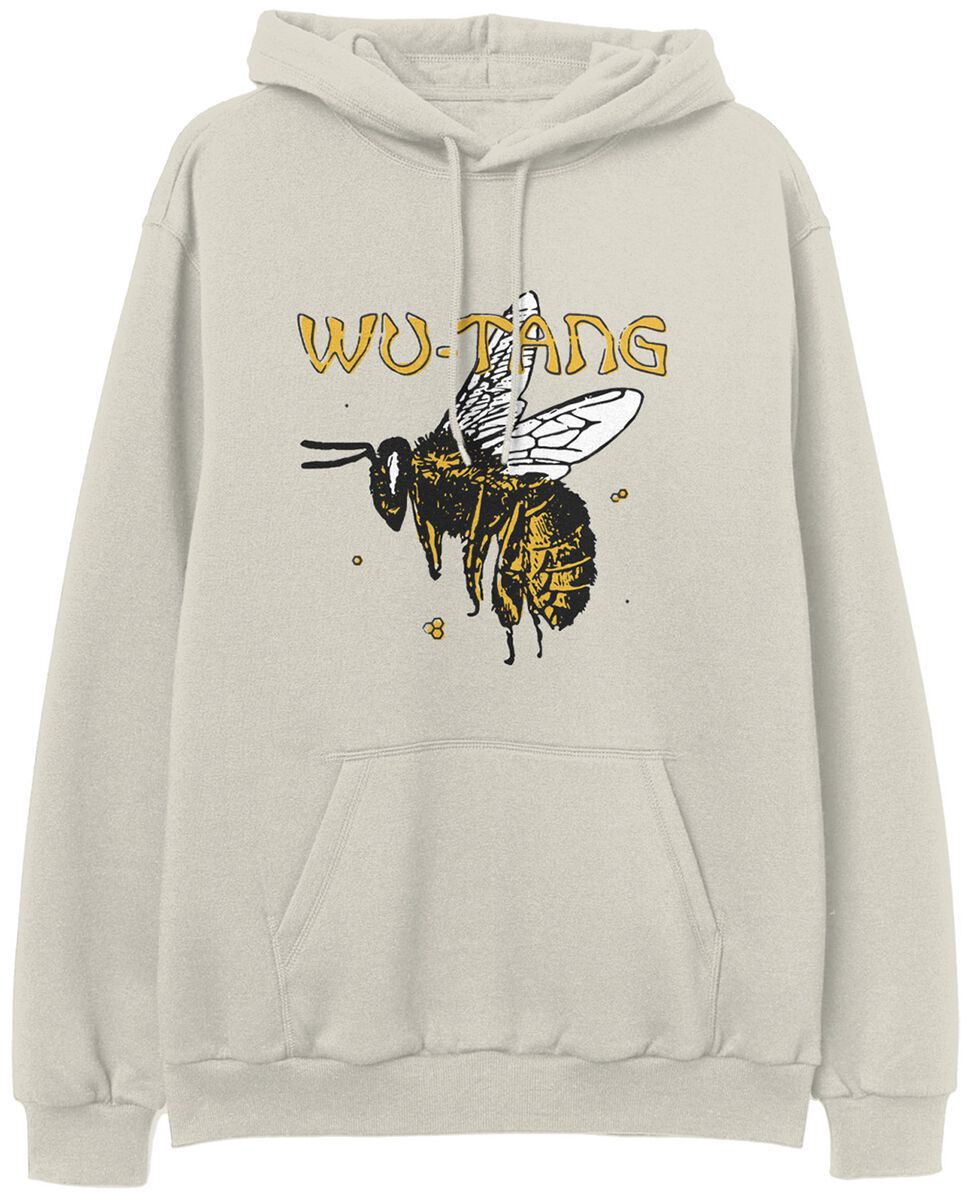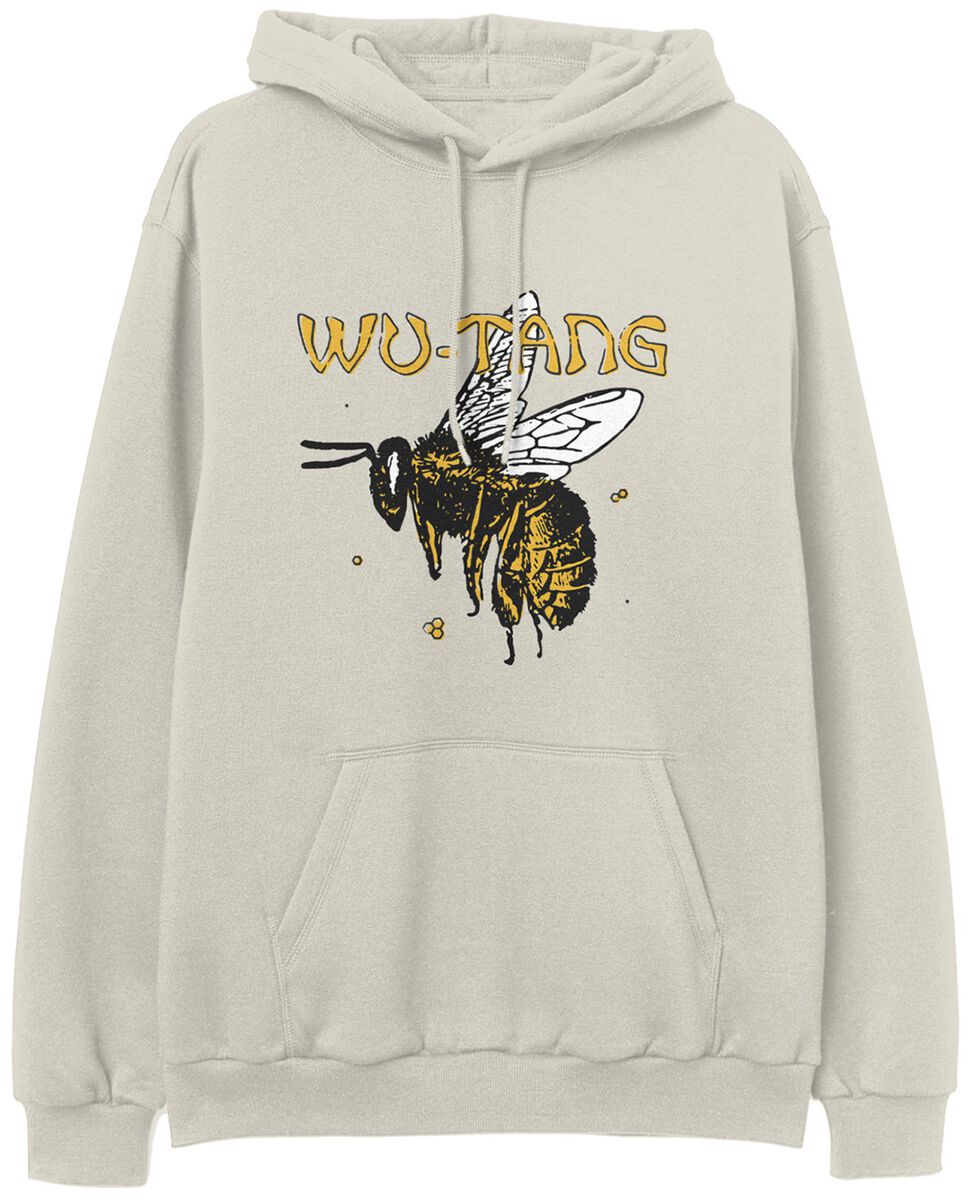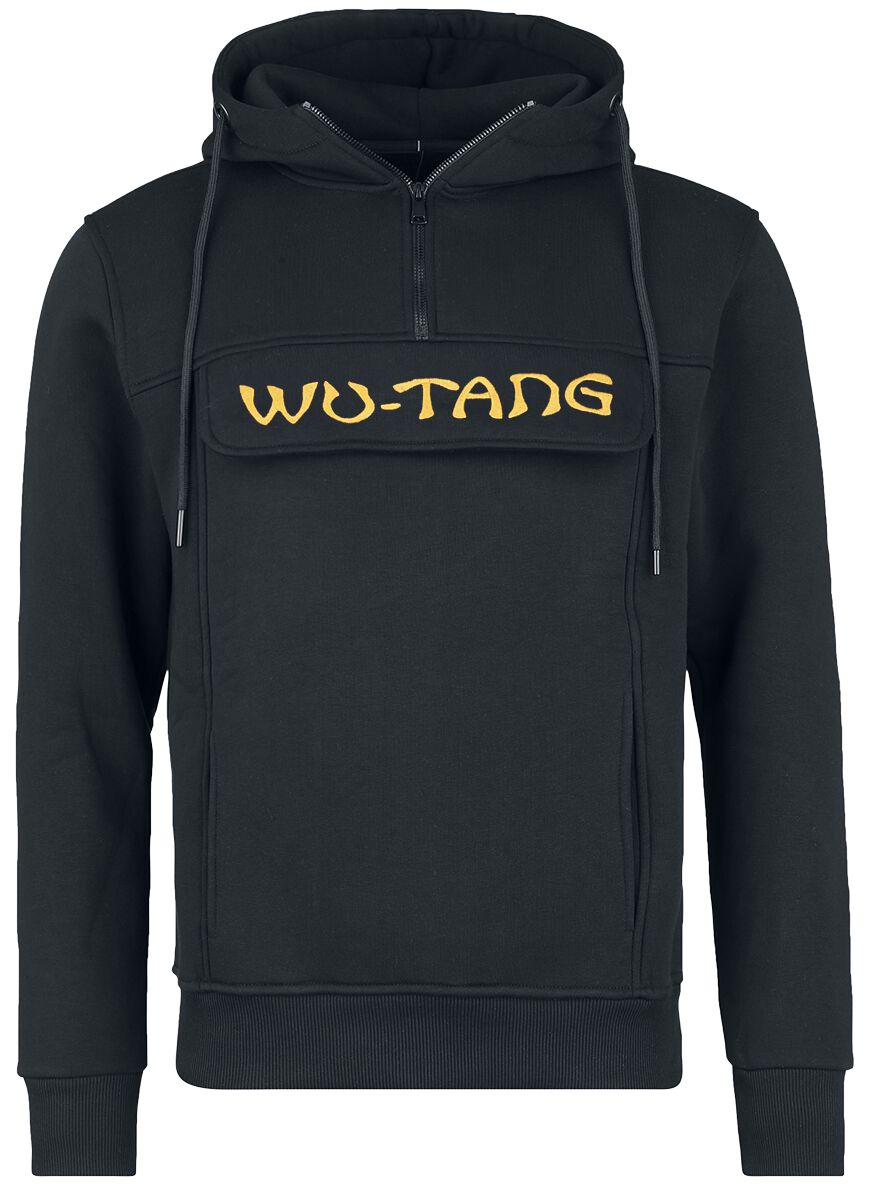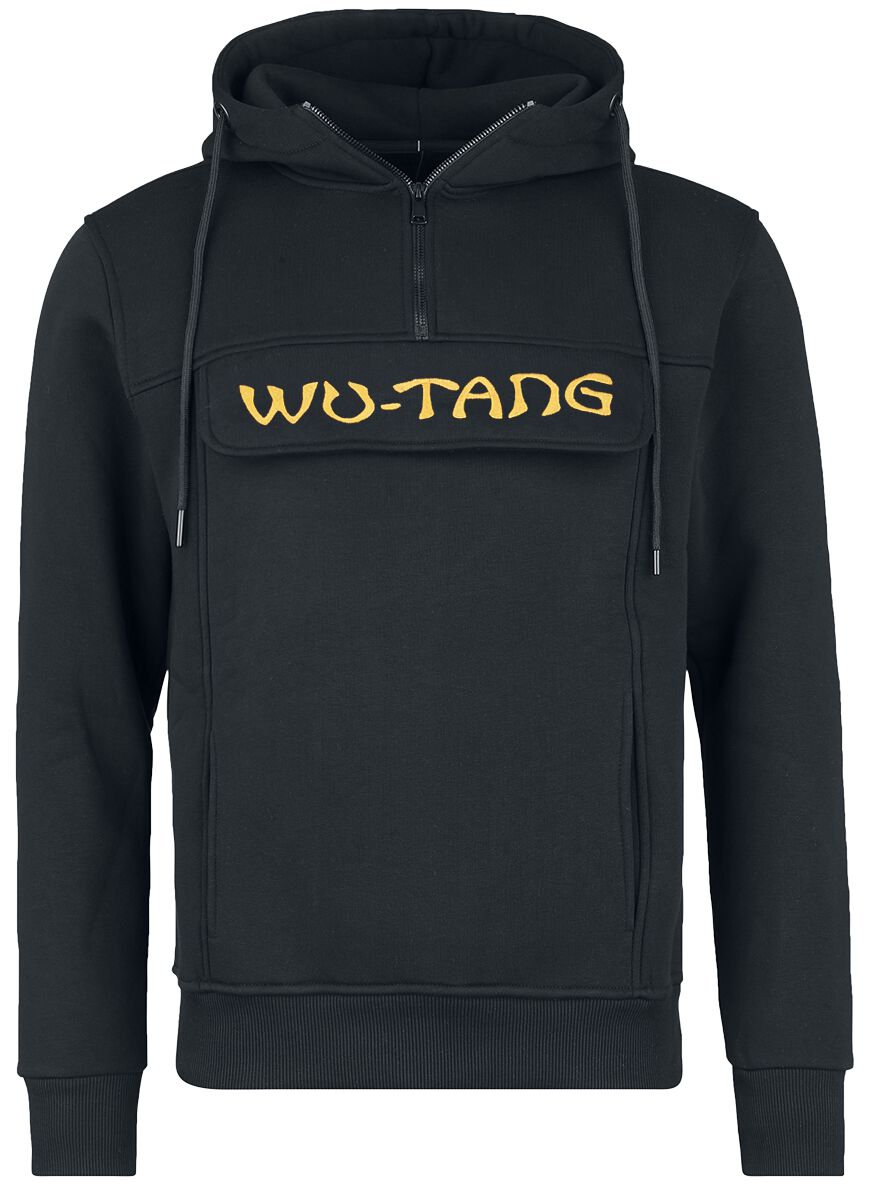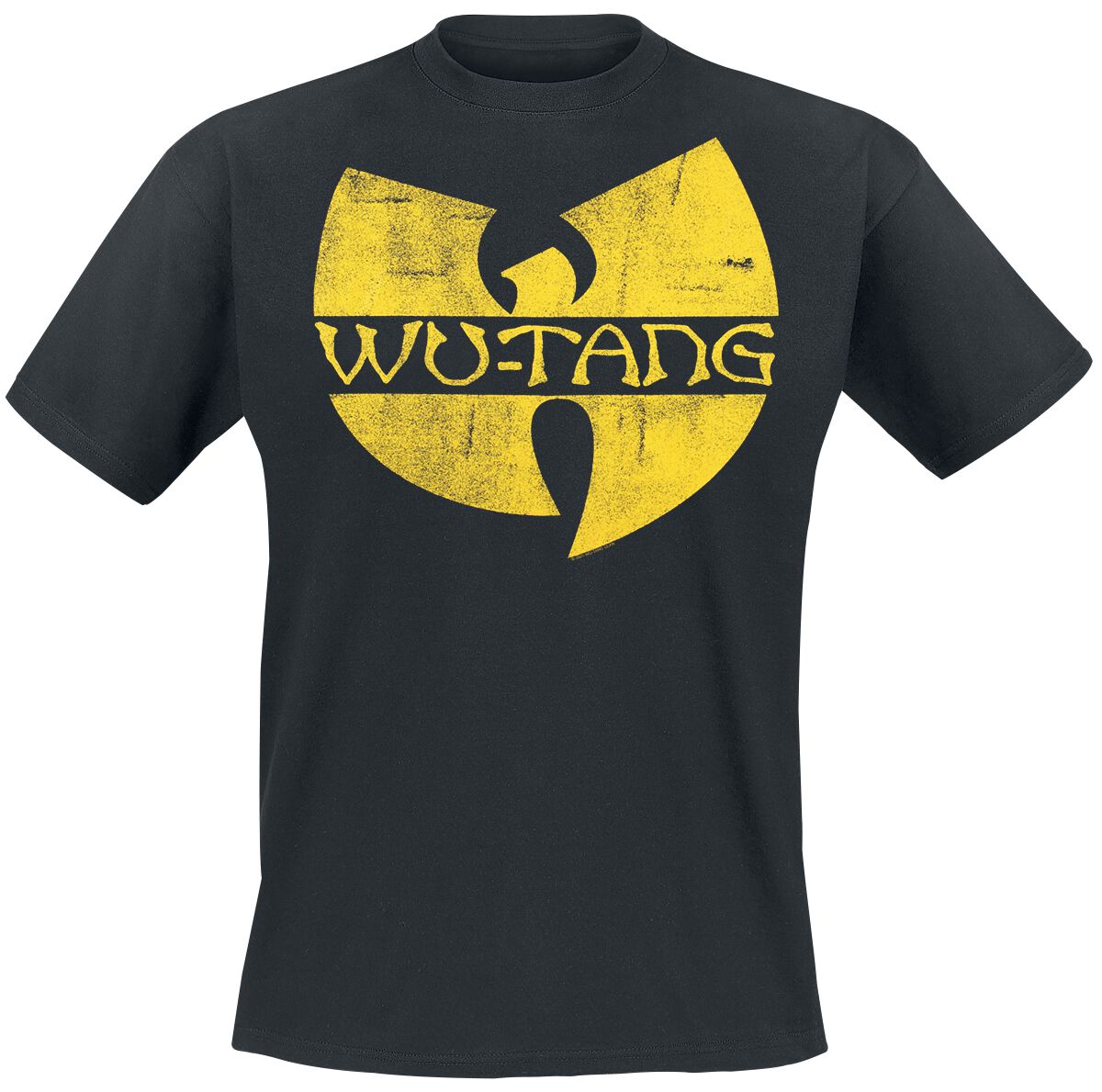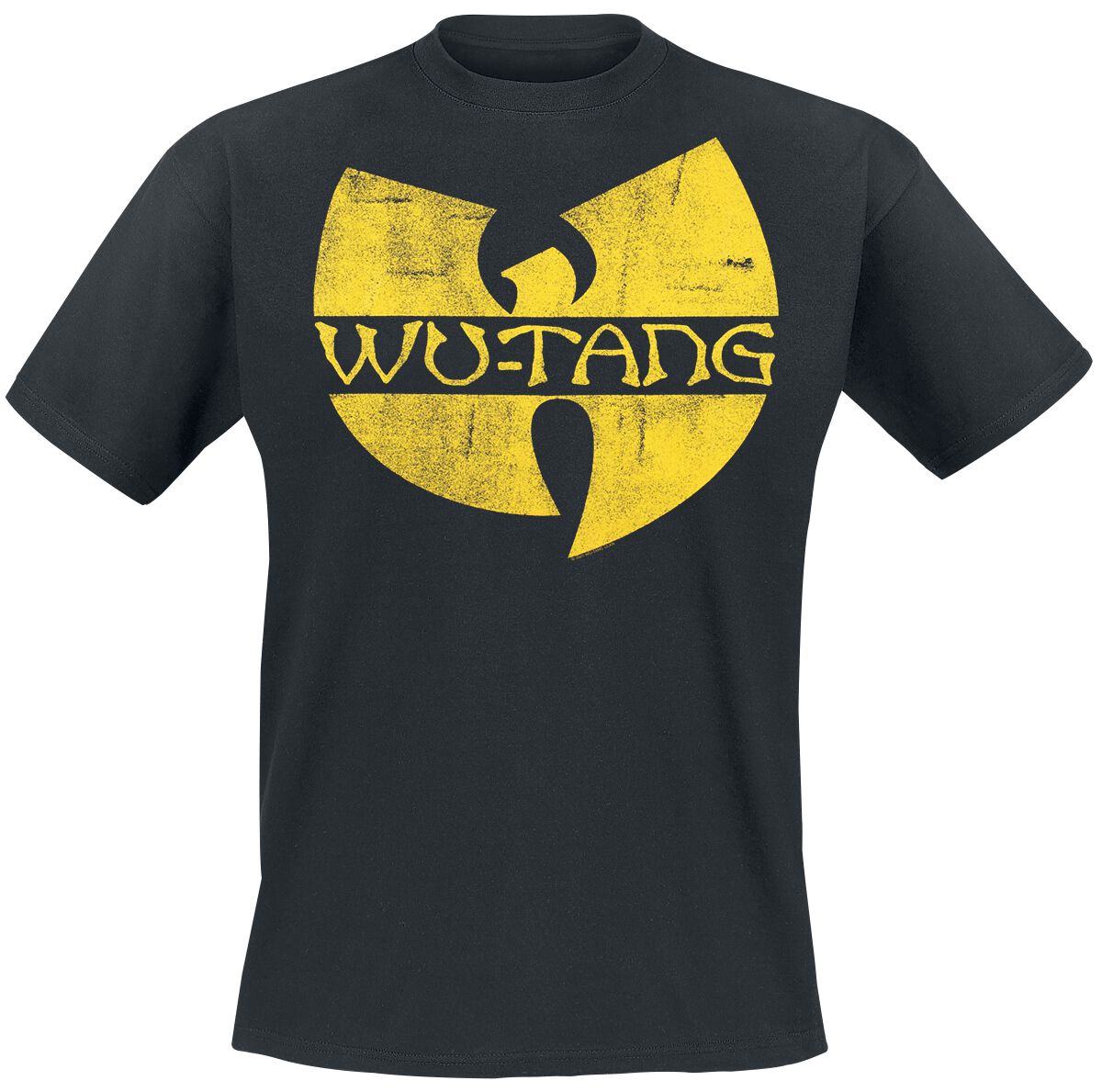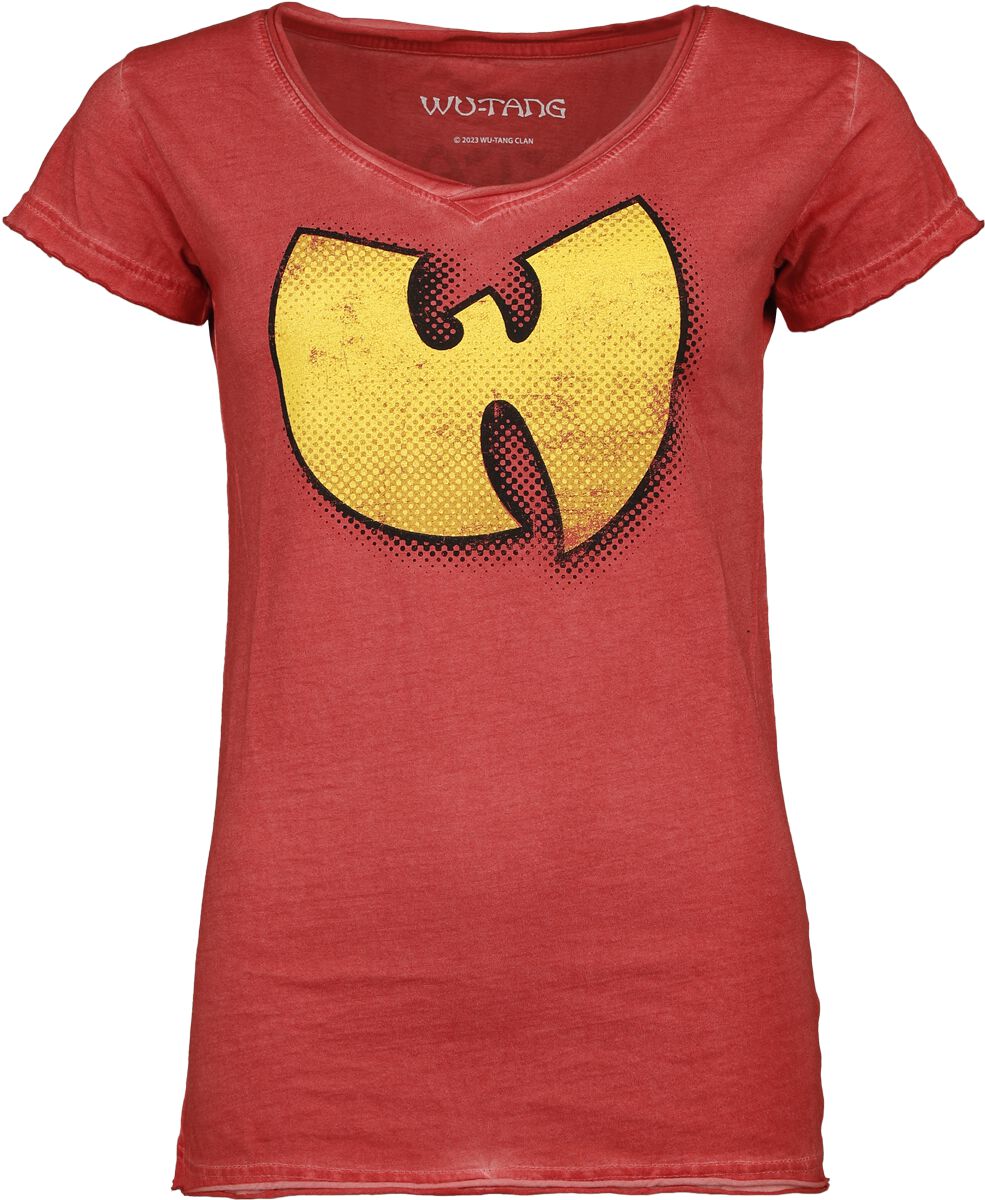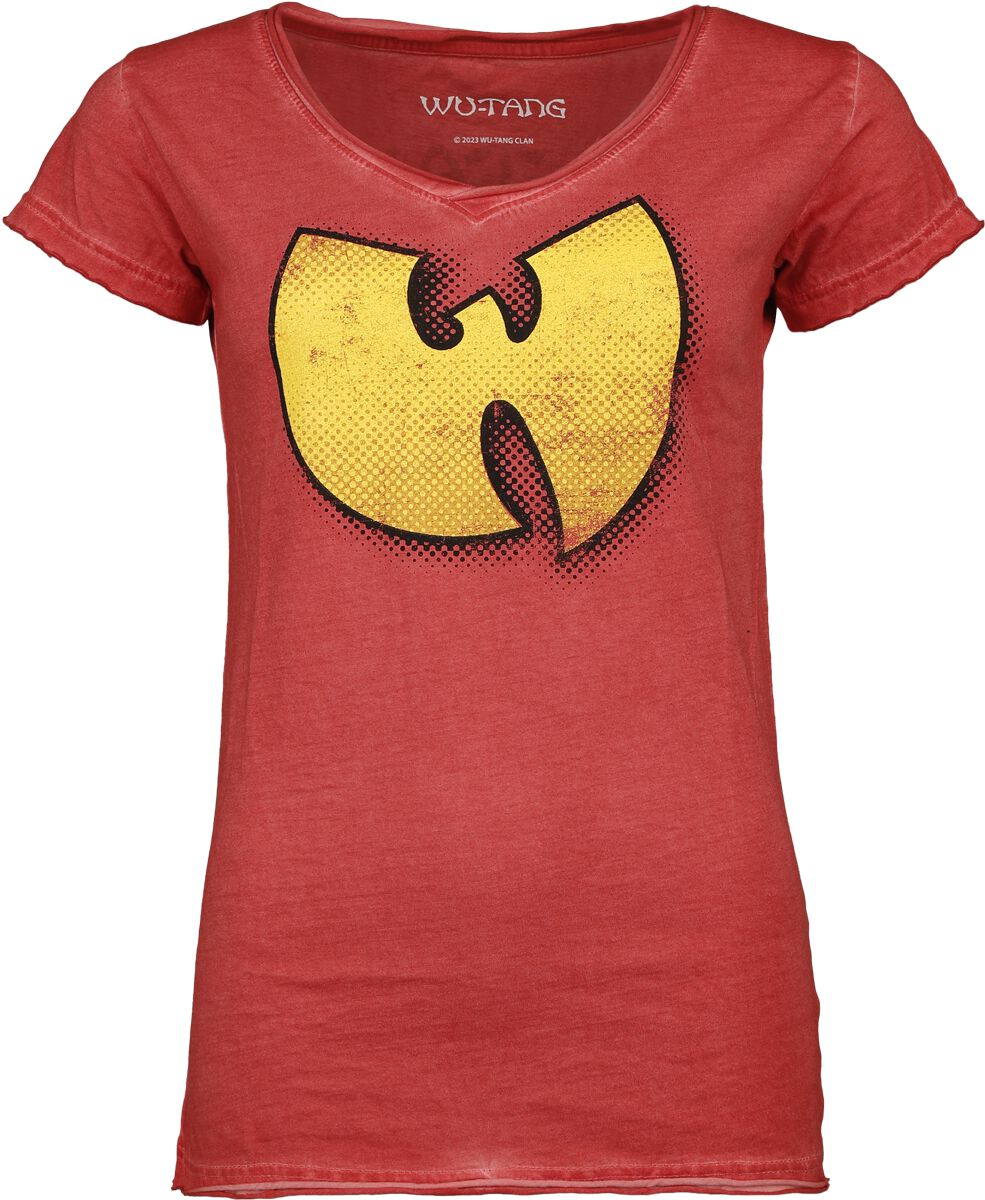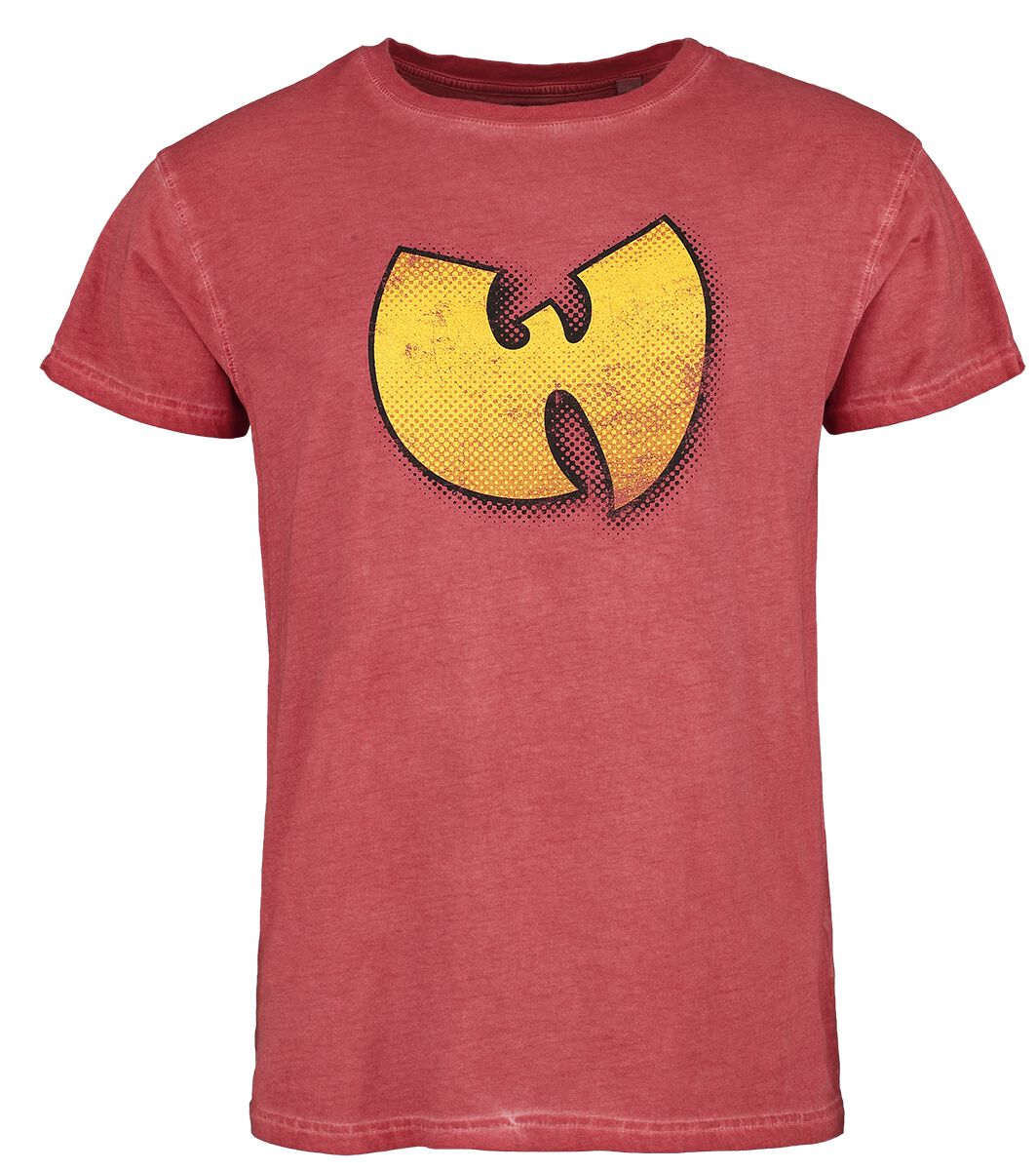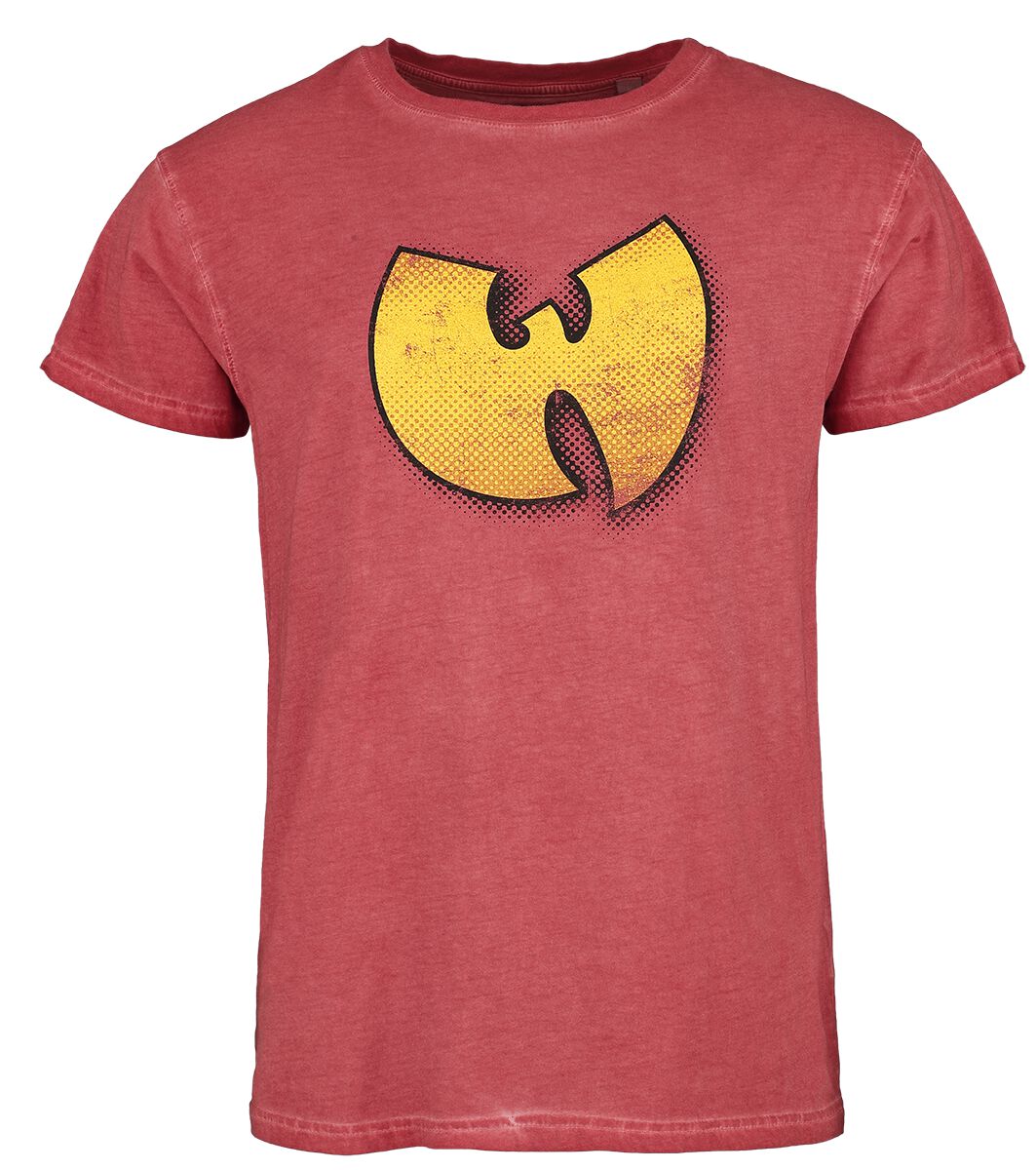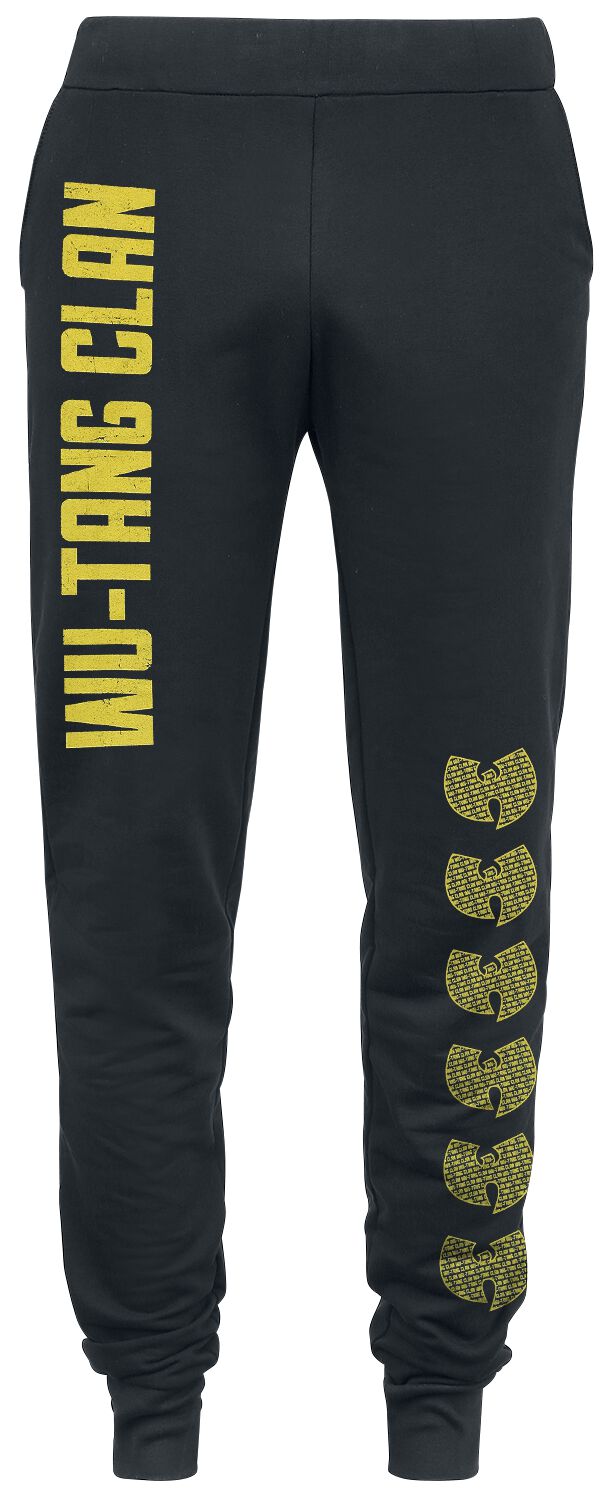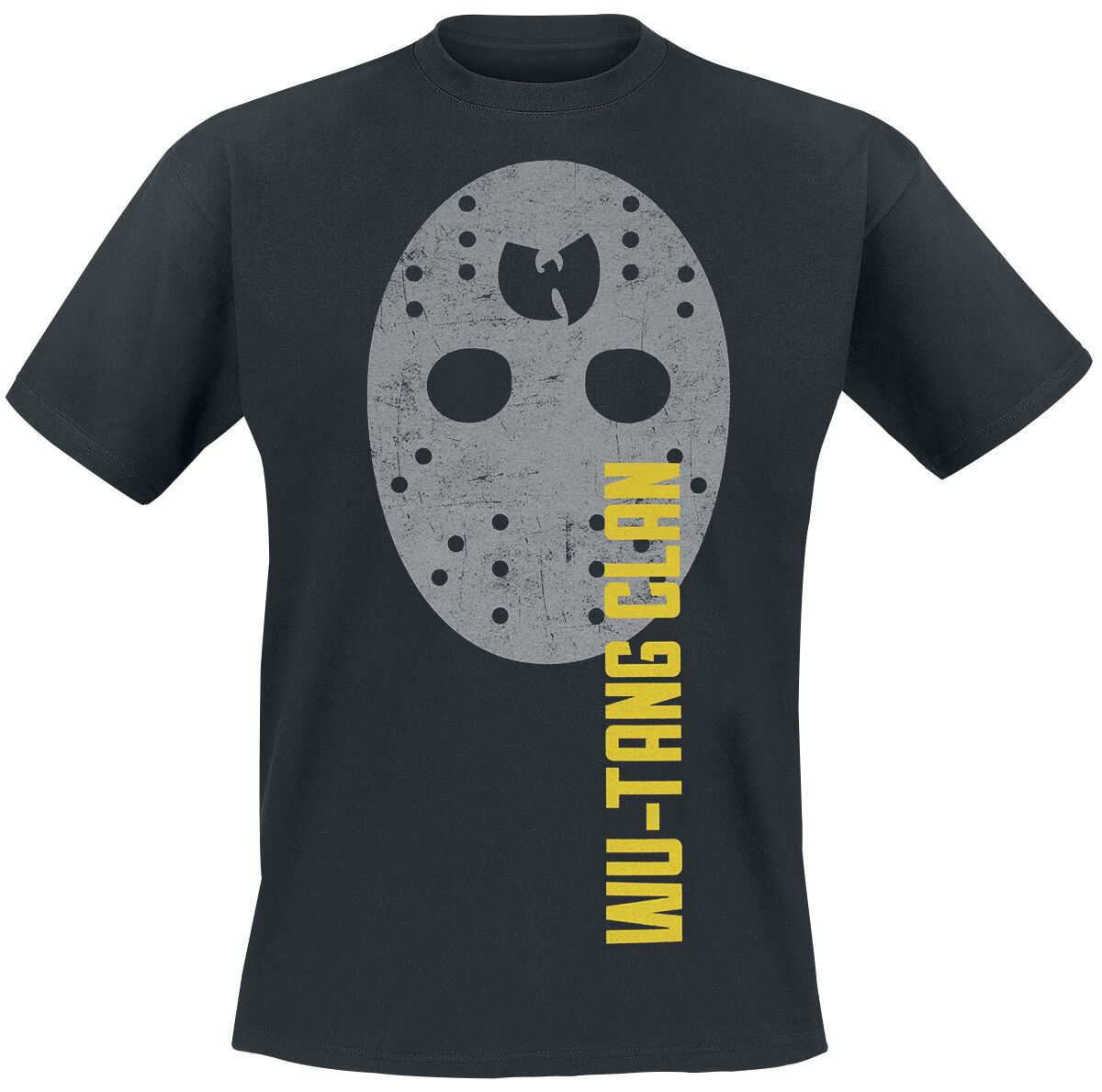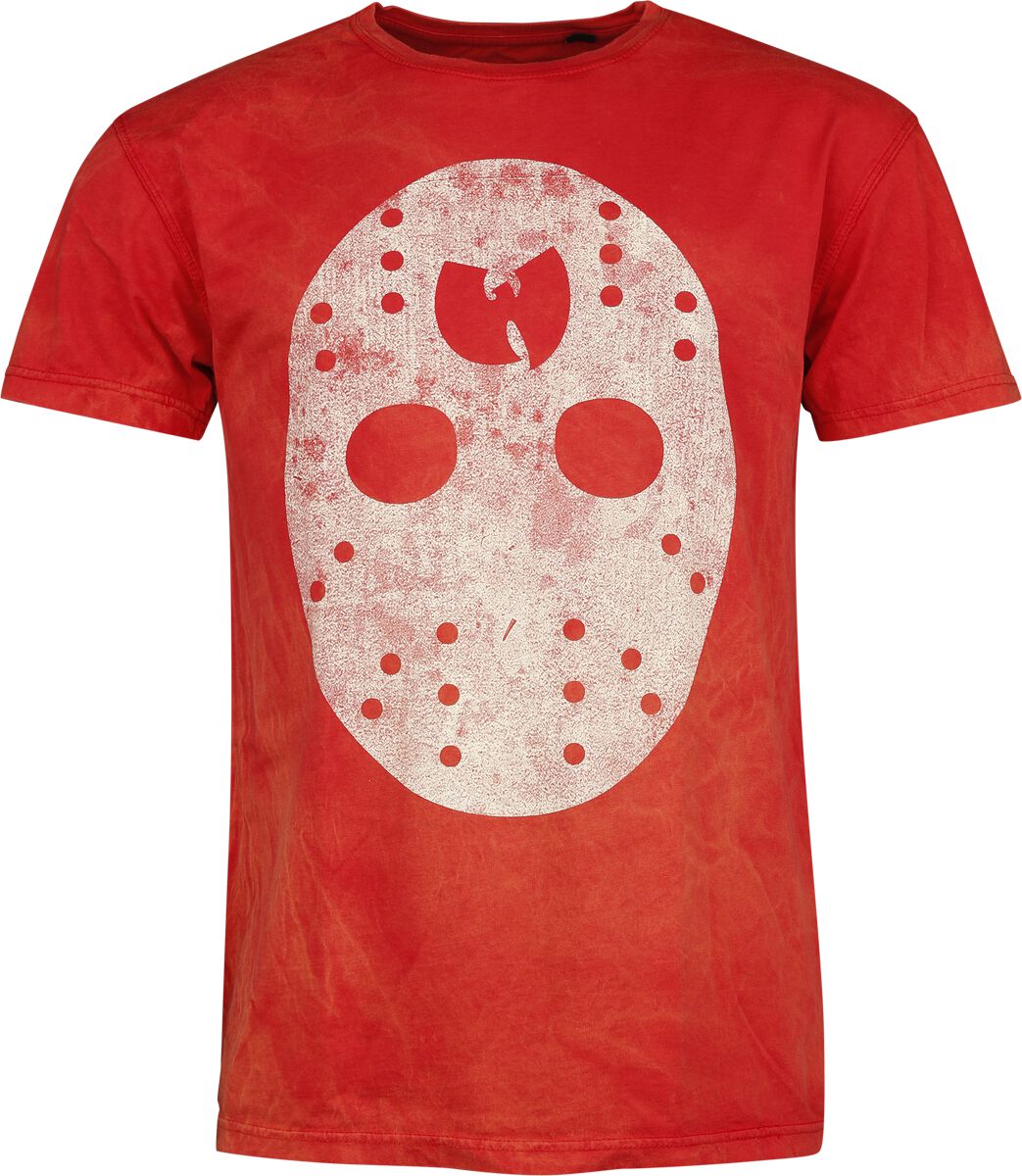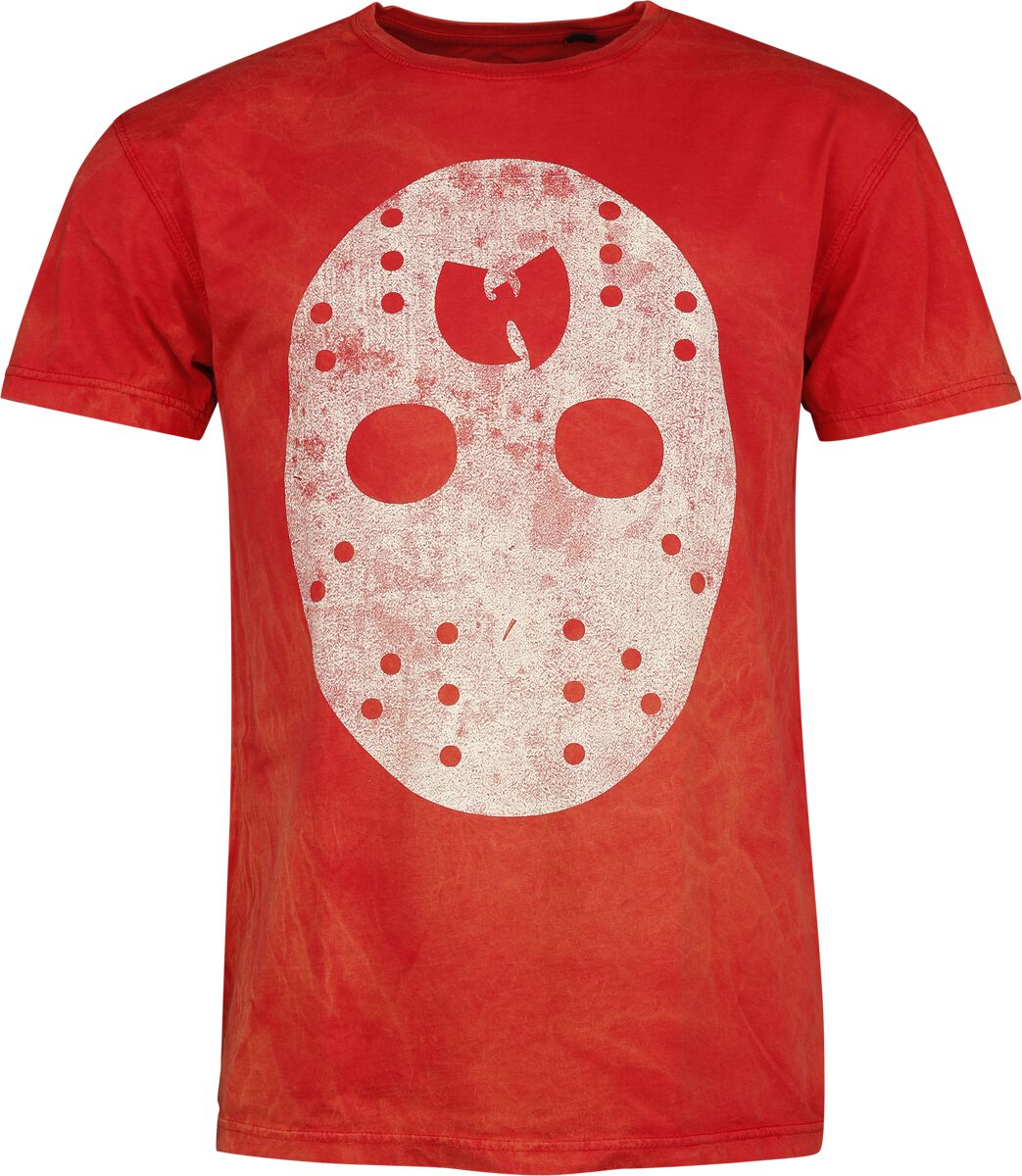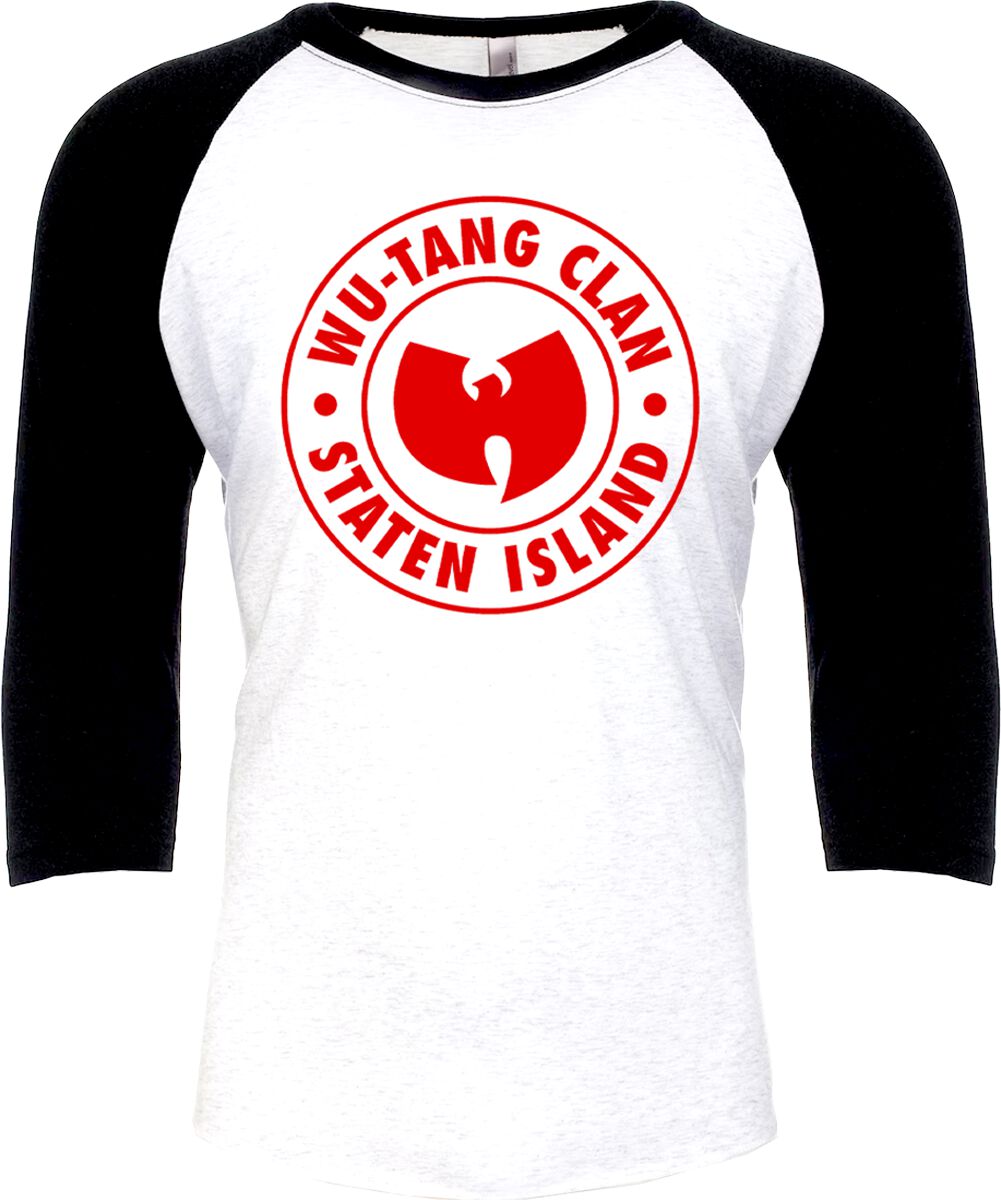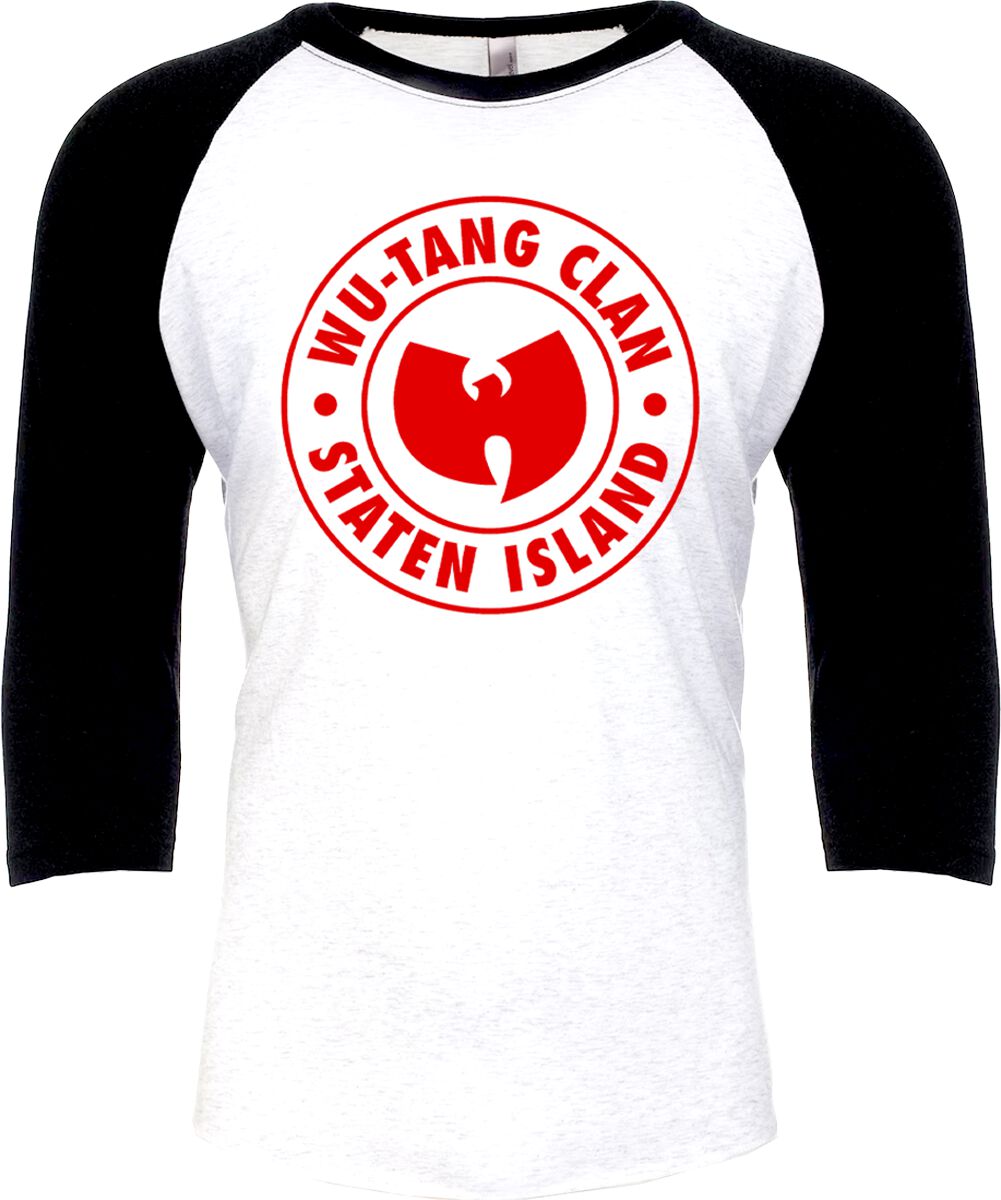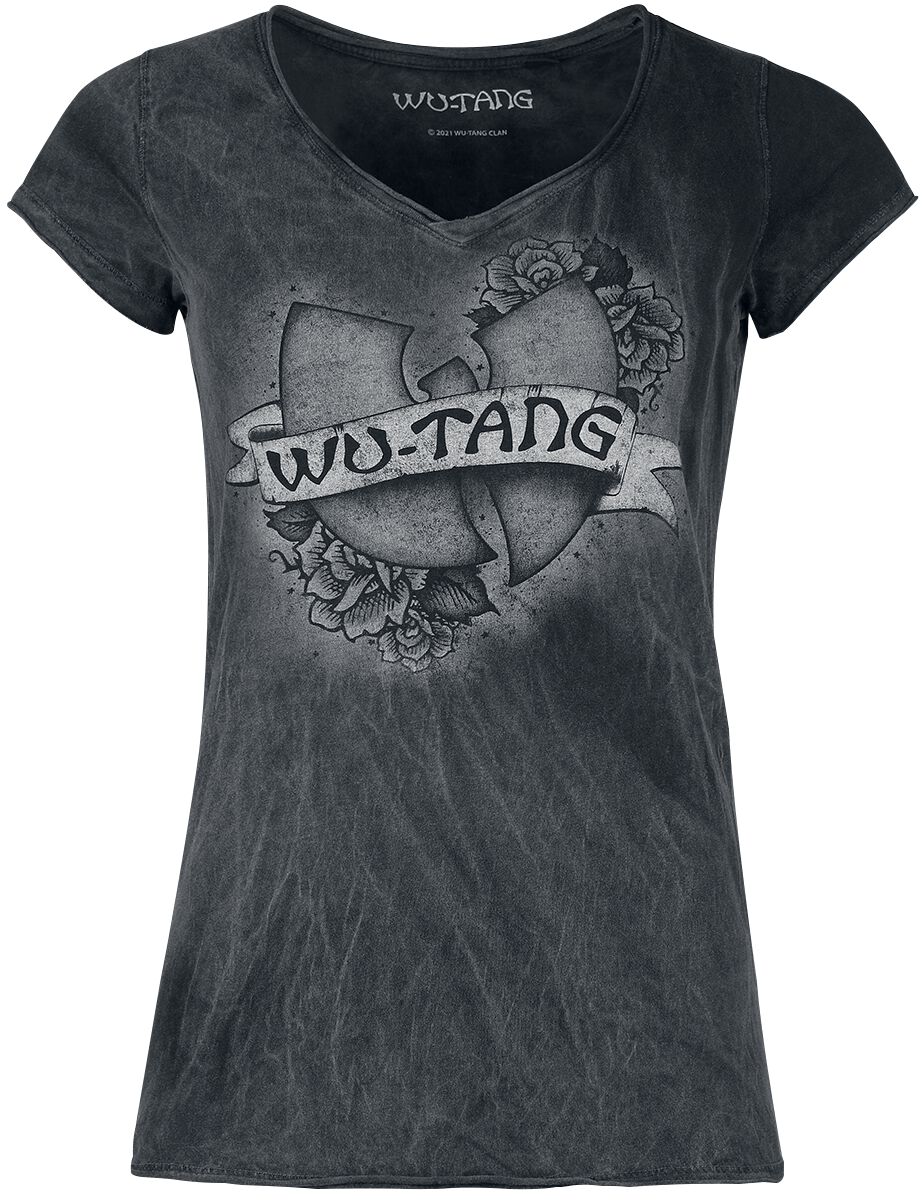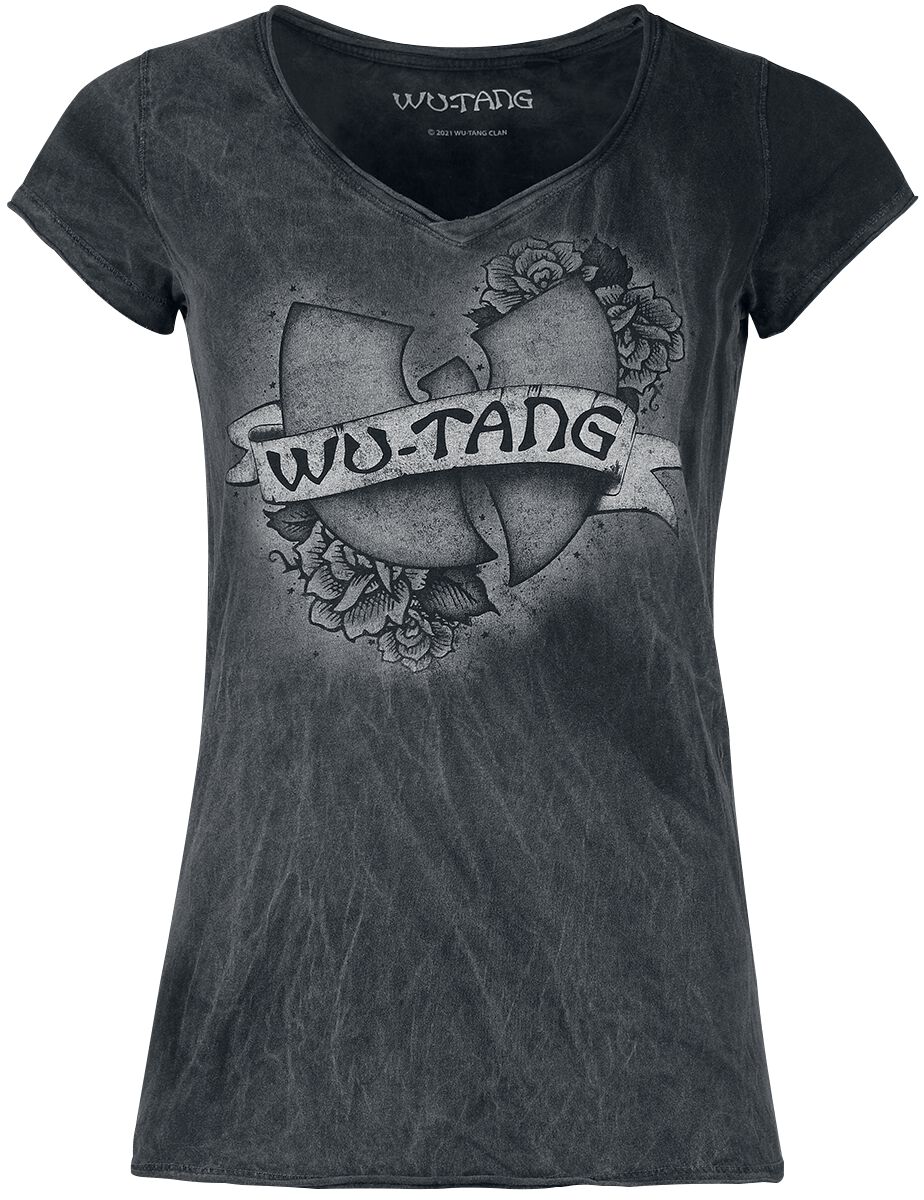The Wu-Tang Clan stands as one of the most iconic and influential hip-hop groups of all time, a true phenomenon that emerged from the gritty streets of Staten Island, New York, in the early 1990s. Their raw, cinematic sound, imbued with kung fu movie samples and profound Five-Percent Nation teachings, revolutionised East Coast hip-hop and continues to resonate deeply within urban culture and beyond.
The genesis of the Wu-Tang Clan can be traced back to the late 1980s, when cousins Robert Diggs, Gary Grice, and Russell Jones, who would later become known as RZA, GZA, and Ol’ Dirty Bastard (ODB) respectively, formed early groups like Force of the Imperial Master. After facing setbacks in their individual pursuits, they reunited with a visionary plan to create a hip-hop collective inspired by Eastern philosophy and the martial arts films they adored. The name “Wu-Tang Clan” itself was adopted from the classic kung fu movie Shaolin and Wu Tang. RZA, the mastermind and de facto leader, meticulously crafted their distinctive sound, often referred to as “gritty soul” or “chop-socky hip-hop,” featuring sparse, menacing beats and evocative samples.
The original lineup, which famously “formed like Voltron,” consisted of nine core members: RZA, GZA, Ol’ Dirty Bastard, Method Man, Raekwon the Chef, Ghostface Killah, Inspectah Deck, U-God, and Masta Killa. Each member brought a unique vocal style and lyrical prowess, contributing to the group’s rich and complex tapestry of rhymes and narratives. Close associate Cappadonna later became an official tenth member, further expanding their formidable lyrical arsenal.
Beyond their groundbreaking music, the Wu-Tang Clan is renowned for several intriguing facts. Their profound connection to martial arts culture is evident not only in their name and samples but also in RZA’s personal study of Chan Buddhism and Shaolin Kung Fu, even training with a Shaolin Temple Monk. The members are also known for their numerous aliases – RZA’s Wu-Tang Manual claims over 70 nicknames between them, with Method Man leading the pack with 15! Their influence extends far beyond music, with ventures into fashion through their iconic Wu-Wear clothing line, video games, and even a unique, single-copy album, Once Upon a Time in Shaolin, which was sold to a private collector for millions, sparking widespread debate about the future of music distribution. The untimely passing of Ol’ Dirty Bastard in 2004 was a tragic loss, but his legacy lives on through his music and the continued performances of his son, Young Dirty Bastard, with the Clan.
The Wu-Tang Clan has continually demonstrated their enduring power and artistic evolution. Their impact on hip-hop culture is immeasurable, inspiring countless artists and solidifying their place as true legends of the game. They remain a vital force, performing globally and continuing to captivate new generations with their timeless sound and unique mythology.

